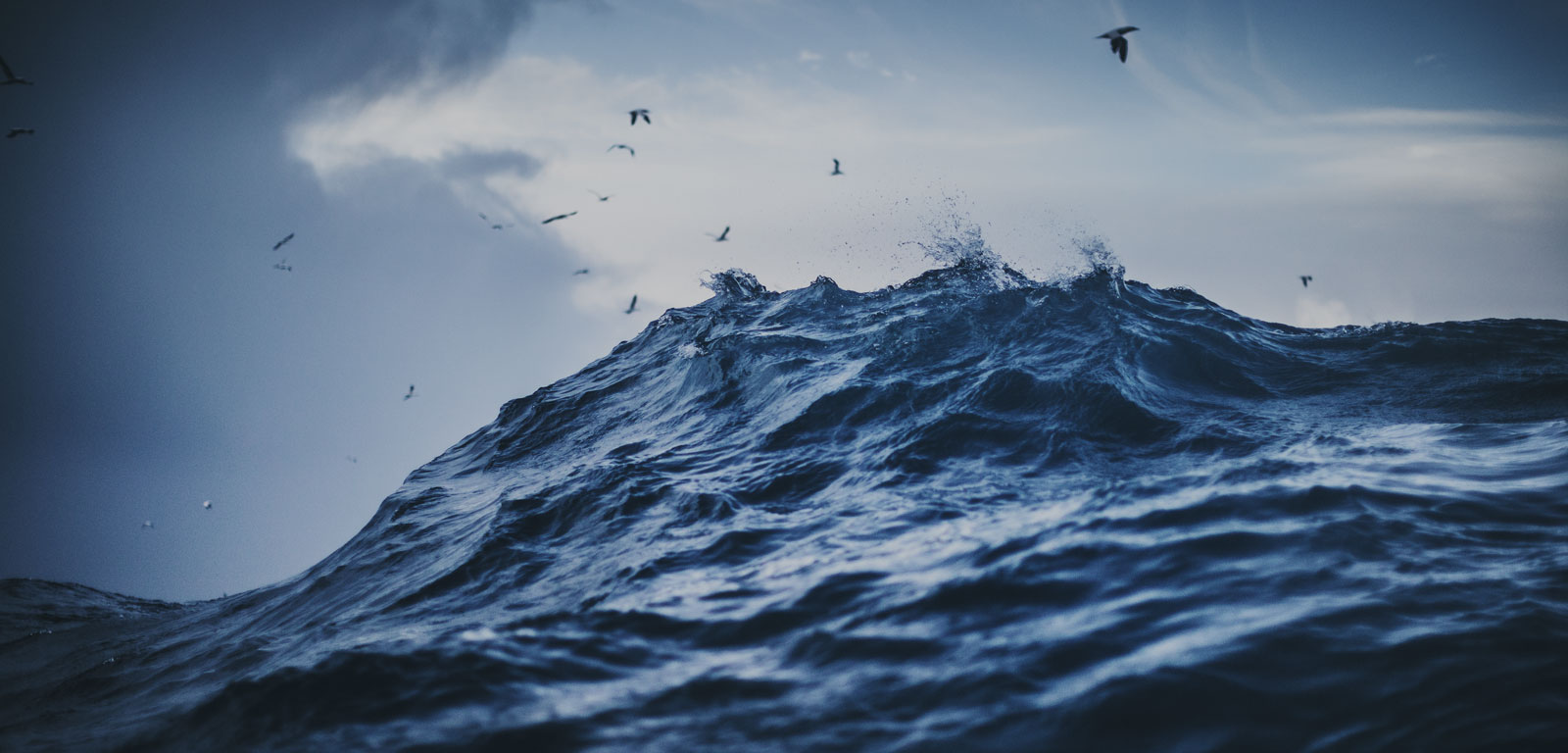Gaia
Kalitate-ebaluaketa ekologikoa Itsasbazterreko ekosistemetan
Gaiari buruzko datu orokorrak
- Modalitatea
- Ikasgelakoa
- Hizkuntza
- Ingelesa
Irakasleak
| Izena | Erakundea | Kategoria | Doktorea | Irakaskuntza-profila | Arloa | Helbide elektronikoa |
|---|---|---|---|---|---|---|
| MUGUERZA LATORRE, NAIARA | Euskal Herriko Unibertsitatea | Profesorado Ayudante Doctor | Doktorea | Elebiduna | Botanika | nahiara.muguerza@ehu.eus |
| ROJO BARTOLOME, IRATXE | Euskal Herriko Unibertsitatea | Irakaslego Atxikia (Laguntzaile Doktorea) | Doktorea | Elebiduna | Zoologia | iratxe.rojo@ehu.eus |
| TAJADURA MARTIN, FRANCISCO JAVIER | Euskal Herriko Unibertsitatea | Ikertzaile | Doktorea | Elebakarra | Arloa ez dago adierazita edo behin-behinekoa da | fj.tajadura@ehu.eus |
| FRANCO SAN SEBASTIAN, JAVIER | AZTI | Besteak | Doktorea | jafranco@azti.es | ||
| MENCHACA CORTAZAR,IRACHE | Azti - Tecnalia | Besteak | Doktorea | |||
| MONTERO RUIZ,NATALIA | Azti - Tecnalia | Besteak | Doktorea | |||
| SOLAUN ECHEVERRIA, OIHANA | Azti - Tecnalia | Besteak | Doktorea | |||
| ZORITA AGUIRRE, IZASKUN | AZTI Tecnalia | Besteak | Doktorea | izaskun.zorita@ehu.es |
Irakaskuntza motak
| Mota | Ikasgelako orduak | Ikasgelaz kanpoko orduak | Orduak guztira |
|---|---|---|---|
| Magistrala | 18 | 36 | 54 |
| Ordenagailuko p. | 7 | 4 | 11 |
| Landa p. | 15 | 20 | 35 |
Irakaskuntza motak
| Izena | Orduak | Ikasgelako orduen ehunekoa |
|---|---|---|
| Azalpenezko eskolak | 54.0 | 33 % |
| Lana sarean | 11.0 | 64 % |
| Landa-lanean oinarrizko trebetasunak eskuratzea | 35.0 | 43 % |
Ebaluazio-sistemak
| Izena | Gutxieneko ponderazioa | Gehieneko ponderazioa |
|---|---|---|
| Azalpenak | 0.0 % | 15.0 % |
| Lan praktikoak | 0.0 % | 70.0 % |
| assistance is compulsory and grading will depend on participation level in learning activities | 0.0 % | 50.0 % |
Irakasgai-zerrenda
PART 1. BIODIVERSITY ASSESSMENT & MONITORING1. Richness of diversity based on algae, invertebrates and fishes from coastal
ecosystems.
2. How to sample, conduct surveys and perform floristic and faunistic analyses to: (1)
measure diversity (2) select appropriate bioindicators of environmental state and (3)
assess environmental quality in many endangered habitats.
3. Temporal dimension in the design and analysis of efficient monitoring programmes to
evaluate ecological recovery, once correction measures have been implemented by
environmental managers.
4. Role of Aquaria in education programmes and conservation of target species.
Field trip 1. Floristic and faunistic survey
Field trip 2. Visit to Aquarium Donostia
PART 2. INTEGRATIVE ASSESMENT OF MARINE ENVIRONMENTAL QUALITY
1.Theoretical and practical basis for an integrative assessment of the marine quality.
2.Basic conceptual issues on the marine quality assessment and its relationship with the general features and some peculiarities of the marine environment will be presented.
3.The Water Framework Directive (WFD) and its implications for the marine quality assessment in EU will be presented. Framework for Community action in the field of water policy. Concepts, objectives, requirements and implementation phases of the WFD. Other important legislative references.Proposal of a European Marine Strategy Directive.
4.Relevant aspects of general marine monitoring programs: ongoing projects and case studies.
Practical: Marine environmental quality indices
Field trip: Visit to AZTI, Pasaia
Bibliografia
Oinarrizko bibliografia
Pollution Ecology of Estuarine Invertebrates. Hart, C.W.; Fulle, S.L.H. New York: Academic Press, 1979.Quantitative aquatic biological indicators. Philips, D.J.H. Essex: Applied Sciences Publishers, 1980.
Biomonitoring of Trace Aquatic Contaminants. Phillips, D.J.H. & Ranbow, P.S. Barking: Elsevier Science Publishers, 1993.
PRIMER (Plymouth Routines In Multivariate Ecological Research) User manual/tutorial:1-91. Clarke KR, Gorley RN (2001) (PRIMER-E Ltd, Plymouth)
Handbook of the Marine Fauna of North-West Europe. Hayward, P.J. y J.S. Ryland eds. 1995, Oxford University Press, 800 pp.
Monitoring rocky shores. Murray, S.N., Ambrose, R.F., Dethier M.N. University of California Press, Ltd., London, England, 2006, 220 pp.
Sediment Toxicity Assessment. Burton, G.A. Boca Ratón: Lews Publishers, 1992.
Marine Pollution (5ª ed.). Clark, R.B. Oxford University Press, 2001.
Marine Pollution, diagnosis and therapy. Gerlach, S.A. Heidelberg: Springer, 1981.
Pollution Ecology of Estuarine Invertebrates. Hart, C.W.; Fulle, S.L.H. New York: Academic Press, 1979.
La polución de las aguas marinas. Pérès, J.M. (dir.) Ed. Omega, S.A., 1980.
Ecotoxicological testing for the marine environmente. Persoone, G. et al., Ghent: State University Ghent, 1984.
Quantitative aquatic biological indicators. Philips, D.J.H. Essex: Applied Sciences Publishers, 1980.
Biomonitoring of Trace Aquatic Contaminants. Phillips, D.J.H. & Ranbow, P.S. Barking: Elsevier Science Publishers, 1993.
Principles of physical sedimentology. Allen, J.R.L. George Allen & Unwin. London, UK, 1985.
Coastal envorionments. An introduction to the physical, Ecological and cultural systems of coastlines. Carter, R.W.G. Academic Press. London, UK, 1991.
Coastal sedimentary environments. Davis, R.A. Jr. Springer-Verlag. New York, USA, 1985.
Diario Oficial de las Comunidades Europeas (2000). Directiva 2000/60/CE del Parlamento Europeo y del Consejo de 23 de octubre de 2000, por la que se establece un marco comunitario de actuación en el ámbito de la política de aguas.
Coastal and estuarine sediment dynamics. Dyer, K.R. John Wiley & Sons. Chichester, UK, 1986.
Metal Polllution in the aquatic environment. Förstner, U. y Wittmann, T.W. Springer-Verlag. Berlín, Germany, 1981.
Estuarine and coastal marine waters: bioaessment and biocriteria technical guidance. Gibson, G.R.; Bowman, J.; Gerritsen, J. y Snyder, B.D. EPA 822-B-00-024, E.S. Environmental Protection Agency, Office of Water, Washington, DC, USA, 2000.
Marine pollution. Johnston, R. Academic Press. London, UK, 1976.
Biomonitoring of trace aquatic contaminants. Phillips, D:J.H. y Rainbow, P.S. Elsevier Science Publishers. Oxford, UK, 1993.
Introductory dynamical oceanography. Pond, S. y Pickard, G. Butterworth Heinemann. Oxford, UK, 1983.


